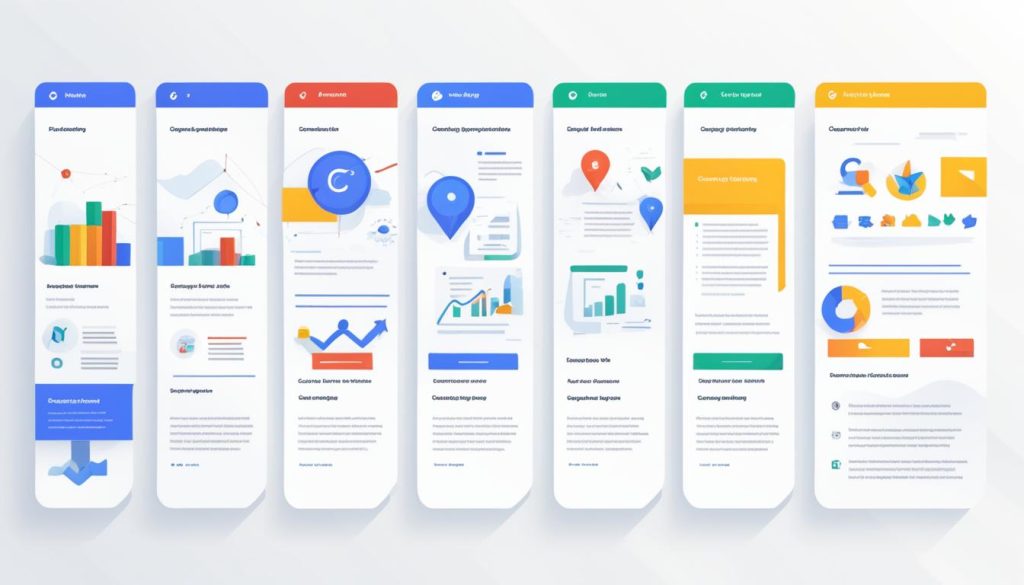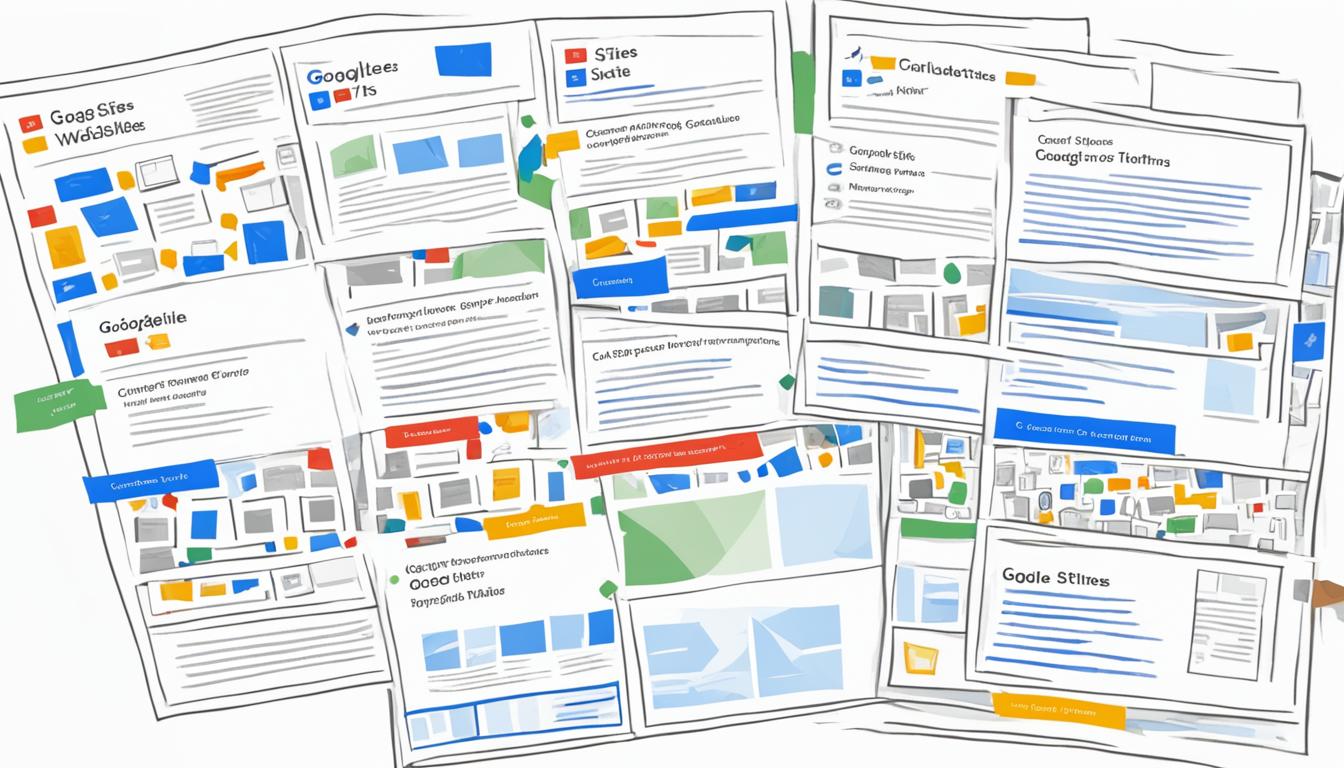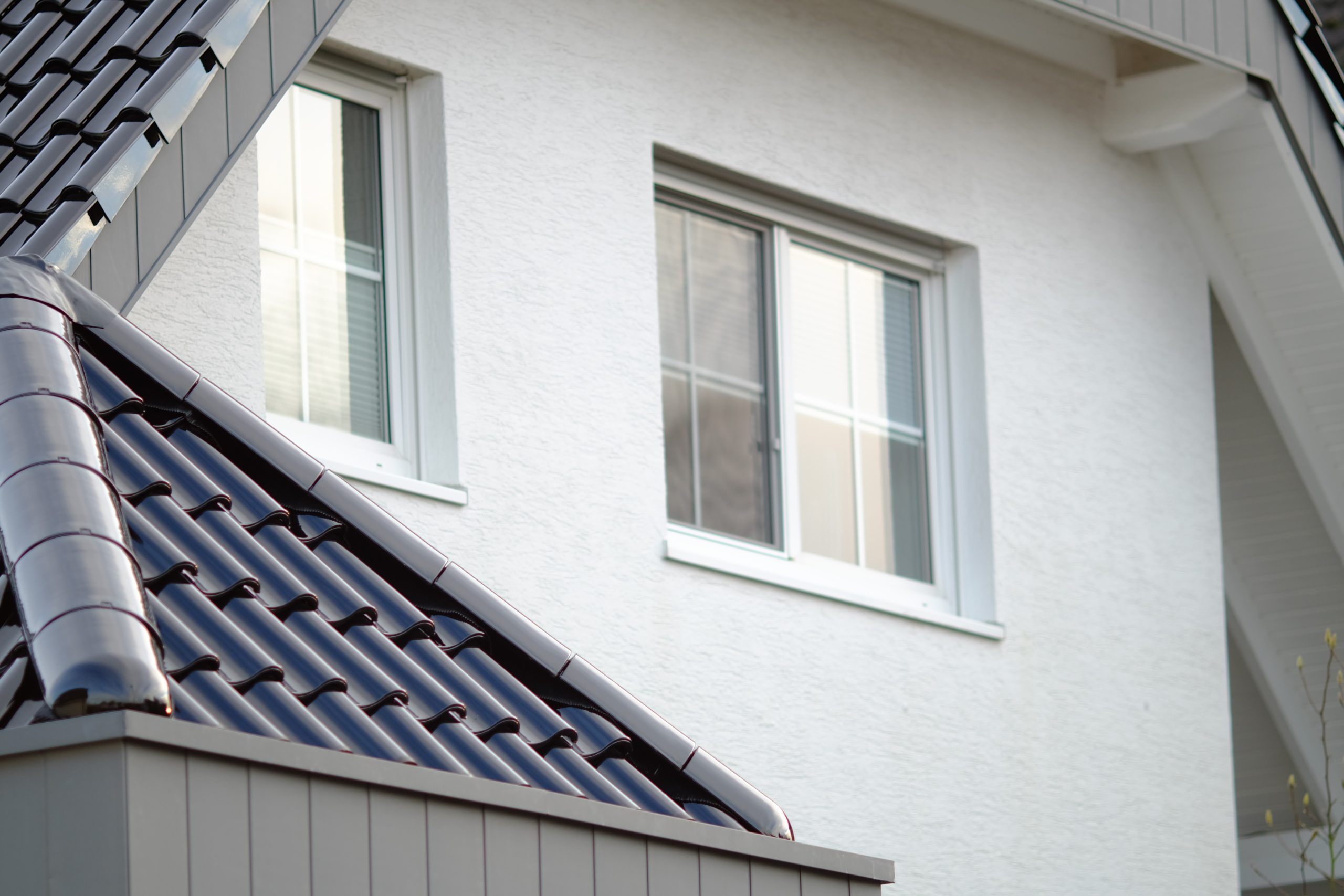How to Create a Google Site and Publish Your Own Website
Are you looking to create your own website but don’t know where to start? Look no further than Google Sites. With over 2 million websites already created using this platform, it’s clear that Google Sites is a popular choice for DIY website creation and publication. Whether you’re a business owner, a blogger, or someone who simply wants to share their ideas with the world, Google Sites offers a user-friendly interface and a range of customizable templates to help you bring your website to life.
In this article, I will guide you through the step-by-step process of creating a Google Site and publishing your own website. From specifying your site’s visibility to choosing a custom URL, I’ll cover all the essential details to ensure your website is ready to launch. So let’s get started on your journey to becoming a website owner!
Key Takeaways:
- Google Sites has been used to create over 2 million websites.
- Google Sites offers a user-friendly interface and customizable templates.
- You can specify your website’s visibility and choose a custom URL.
- Following the step-by-step guide, you can easily create and publish your own website.
- Tips for creating a professional and engaging website using Google Sites.
How to Preview and Share Your Google Site
Before publishing your Google Site, you have the option to preview it and make sure everything looks perfect. Here’s how:
- Choose a layout option for your site.
- Click on the “Preview” button to see how your site will appear to viewers.
Once you’re satisfied with the design and content of your site, it’s time to publish it and make it available to the world. Follow these steps:
- Click on the “Publish” button to officially launch your site.
- Choose a web address for your site. You can either use the default Google Site URL or customize it with a custom web address that represents your brand or business.
- To ensure your site is published correctly, visit the site using the chosen web address and make sure it displays as intended.
Once your Google Site is published, you have the flexibility to control who can see it. Simply go to the “Published site” section and choose between “Restricted” or “Public” options:
- If you select “Restricted,” you can share your site with specific people or groups by providing them with the site’s URL.
- If you choose “Public,” anyone can access your site using the web address.
Additionally, if you prefer your site not to appear in public search results, you have the option to opt out of search engines.
By previewing and sharing your Google Site, you can ensure a seamless viewing experience for your audience and control who can access your site. Take advantage of these features to make the most of your website creation and publication process.
| Preview and Share | Benefits |
|---|---|
| Previewing your Google Site | Allows you to review the design and layout before publishing. |
| Customizable web addresses | Choose a web address that represents your brand or business. |
| Controlled site visibility | Select who can access your site—either specific individuals or the general public. |
| Opt-out of search engines | Keep your site private by preventing it from appearing in search engine results. |
How to Publish a Google Site with a Custom URL
If you want to publish your Google Site with a custom URL, you need to have administrator access. Follow the instructions in the Google Workspace Admin Help Center to create a custom web address. Make sure that the terms you use in the URL comply with the Acceptable Use Policy. You can also request that public search engines do not display your site by selecting the option in the “Publish settings” section. However, note that this is just a request and doesn’t guarantee that your site won’t show up in search engine results.
How to Create a Google Site and Publish Your Own Website – Step-by-Step Guide
Creating your own website using Google Site is a straightforward process. Follow this step-by-step guide to get started:
- Sign into your Google account and go to the Google Sites homepage.
- Under the “Start a new site” header, choose a template from the Template Gallery or explore other preset options.
- Enter the name of your site in the top-left corner of the page.
- Use the provided toolboxes to add content to your site, including text, photos, and other media.
- Click “Publish” in the top-right to publish your site.
- Choose a URL for your site, either using the default Google Sites URL or a custom URL if you have one.
- Set the visibility options, including who can see your site and whether it should appear in Google searches.
- Click “Publish” again to set your site live and make it visible to others.
Customize your Google Sites template to make your website truly unique and reflective of your brand. The provided toolboxes and options allow you to add, edit, and arrange content as per your requirements and preferences. You have the flexibility to experiment with different layouts and visual elements to create a visually appealing and engaging website.
When adding content to your Google Site, consider using headings, paragraphs, lists, and media elements such as images and videos to enhance the readability and visual appeal of your site. The intuitive interface makes it easy to drag and drop elements, resize images and videos, and customize the overall look and feel of your website.
Adding Content to Google Site
Let’s explore how to add content to your Google Site:
- Text: Use the text toolbox to add headings, paragraphs, and other text elements to your site. Format the text using different font styles, sizes, colors, and alignments to make it visually appealing.
- Images: Insert images by clicking on the image icon in the toolbox. You can upload images from your computer or choose from the available Google Drive options. Make sure to provide descriptive alt text for accessibility purposes.
- Videos: Embed videos from YouTube or Google Drive by selecting the video icon in the toolbox. Simply paste the video URL or search for a video to insert it into your site.
- Tables: Utilize the table feature for organizing data or presenting information in a structured manner. To create a table, click on the table icon in the toolbox and specify the number of rows and columns you need.
- Lists: Use the list options to create ordered or unordered lists. Ordered lists are numbered, while unordered lists use bullet points. These can help you present information in a clear and organized way.
Incorporating interactive elements like forms, maps, and calendars can further enhance the functionality and user experience of your Google Site. Experiment with different content elements to create a website that engages and captivates your audience.
Remember to save your progress as you work on your Google Site. You can preview your site at any time during the creation process to see how it looks before publishing.

| Step | Description |
|---|---|
| 1 | Sign into your Google account and go to the Google Sites homepage. |
| 2 | Choose a template from the Template Gallery or explore other preset options. |
| 3 | Enter the name of your site in the top-left corner of the page. |
| 4 | Add content using the provided toolboxes, such as text, images, videos, tables, and lists. |
| 5 | Click “Publish” to make your site visible to others. |
| 6 | Choose a URL for your site and set the visibility options. |
| 7 | Click “Publish” again to set your site live. |
Tips for Creating and Publishing a Google Site
When it comes to creating and publishing a professional website using Google Sites, there are a few key tips I recommend to ensure a successful outcome. First, take the time to explore the different templates available and customize them to suit your unique needs and preferences. This will help you create a website that aligns with your brand and vision.
Utilize the powerful toolboxes provided by Google Sites to add and format content on your site. Whether it’s text, images, or multimedia, these tools will assist you in presenting your content in an engaging and visually appealing manner. Additionally, pay attention to the design and layout of your site. A clean and professional design will not only attract visitors but also enhance their overall user experience.
Before you hit the publish button, it’s crucial to test your site to ensure that all elements are displayed correctly. Preview different pages, navigate through your site, and make any necessary adjustments to ensure a seamless browsing experience for your audience. Remember, a well-tested site reflects professionalism and reliability.
Another important consideration is your site’s URL. Make sure the web address is easy to remember and share with others. A concise and descriptive URL can help in attracting more visitors and increasing your site’s visibility. Lastly, optimize your site for search engines by using relevant keywords and including descriptive content. This will help potential visitors find your site more easily and improve your site’s organic visibility.
Remember, creating and publishing a professional website on Google Sites is an ongoing process. Regularly update and maintain your site to keep it fresh, informative, and engaging for your visitors. By following these tips, you’ll be well on your way to creating an impressive and successful online presence with Google Sites.
FAQ
How do I specify who can see my Google Site?
How do I publish my Google Site?
How can I preview my Google Site before publishing it?
How can I share my Google Site with others?
How do I create a Google Site using a custom URL?
- How Strategic SEO Drove Growth for a CPAP E-commerce Brand - July 24, 2025
- Top 3 SEO Companies in Toronto: An Analytical Comparison - July 23, 2025
- SEO for Entry Door Services - April 24, 2025

![No code website builder [2024] No code website builder [2024]](https://webdoclab.ca/wp-content/uploads/2024/07/No-code-website-builder-2024.jpg)



















Post Comment
You must be logged in to post a comment.